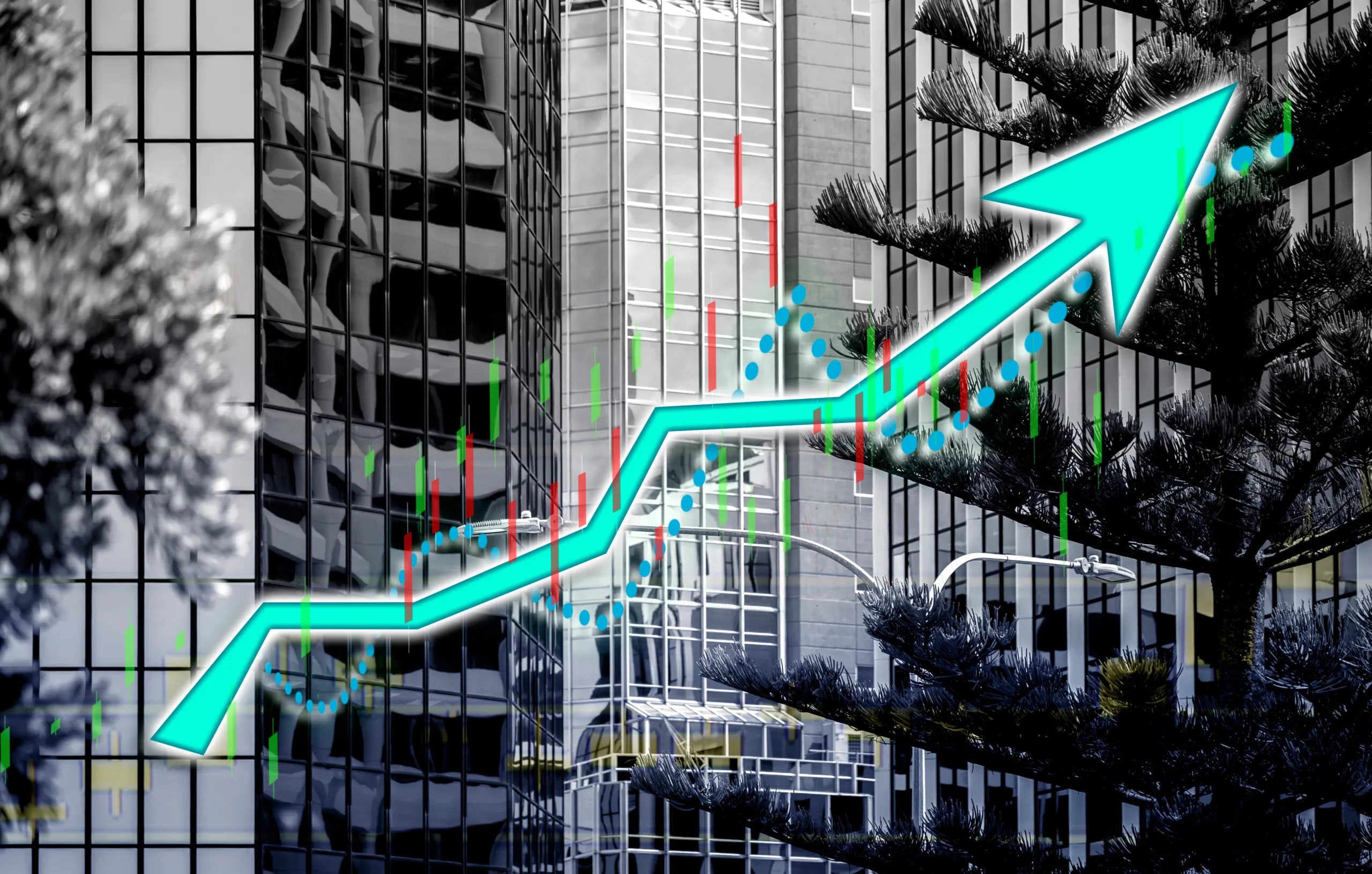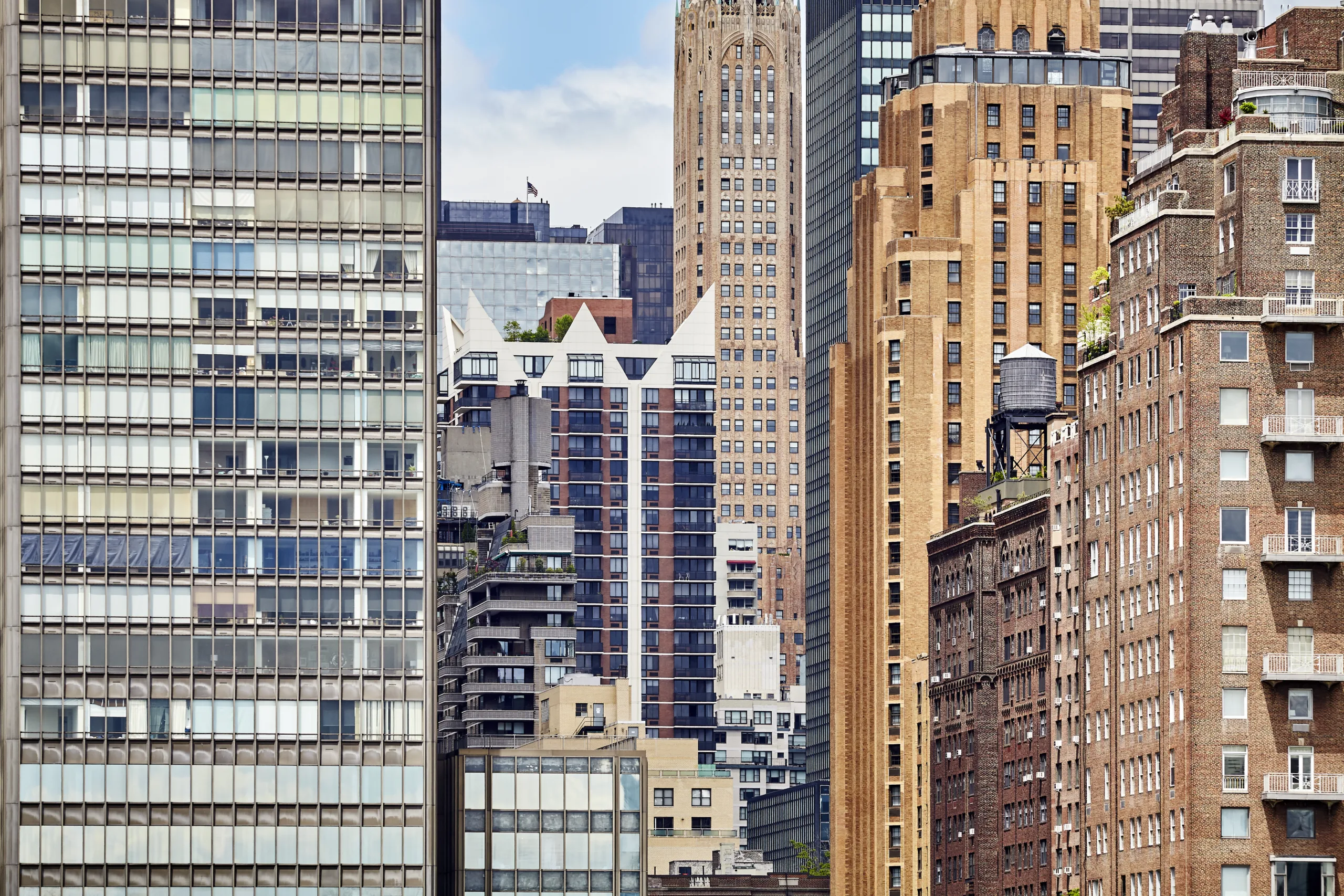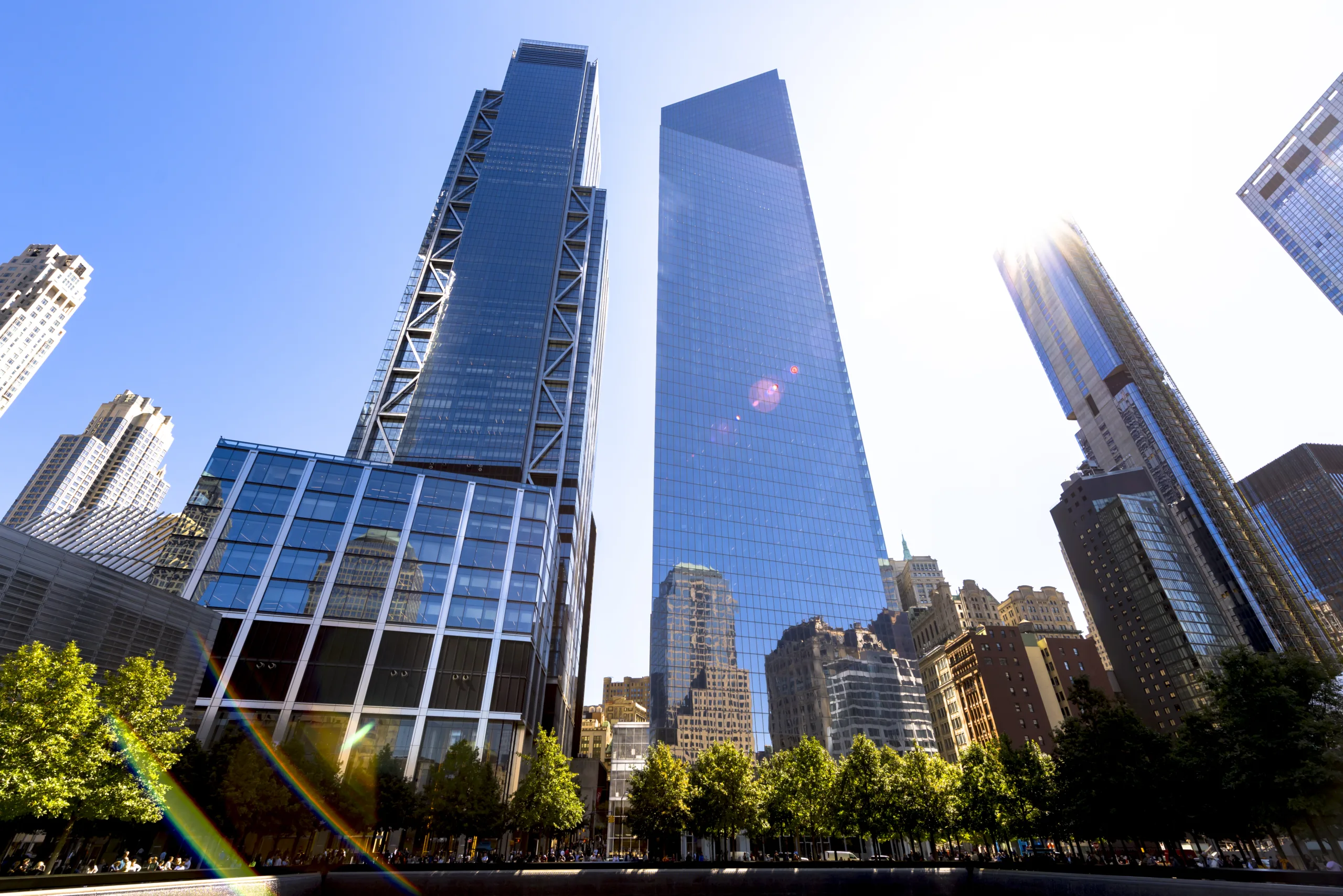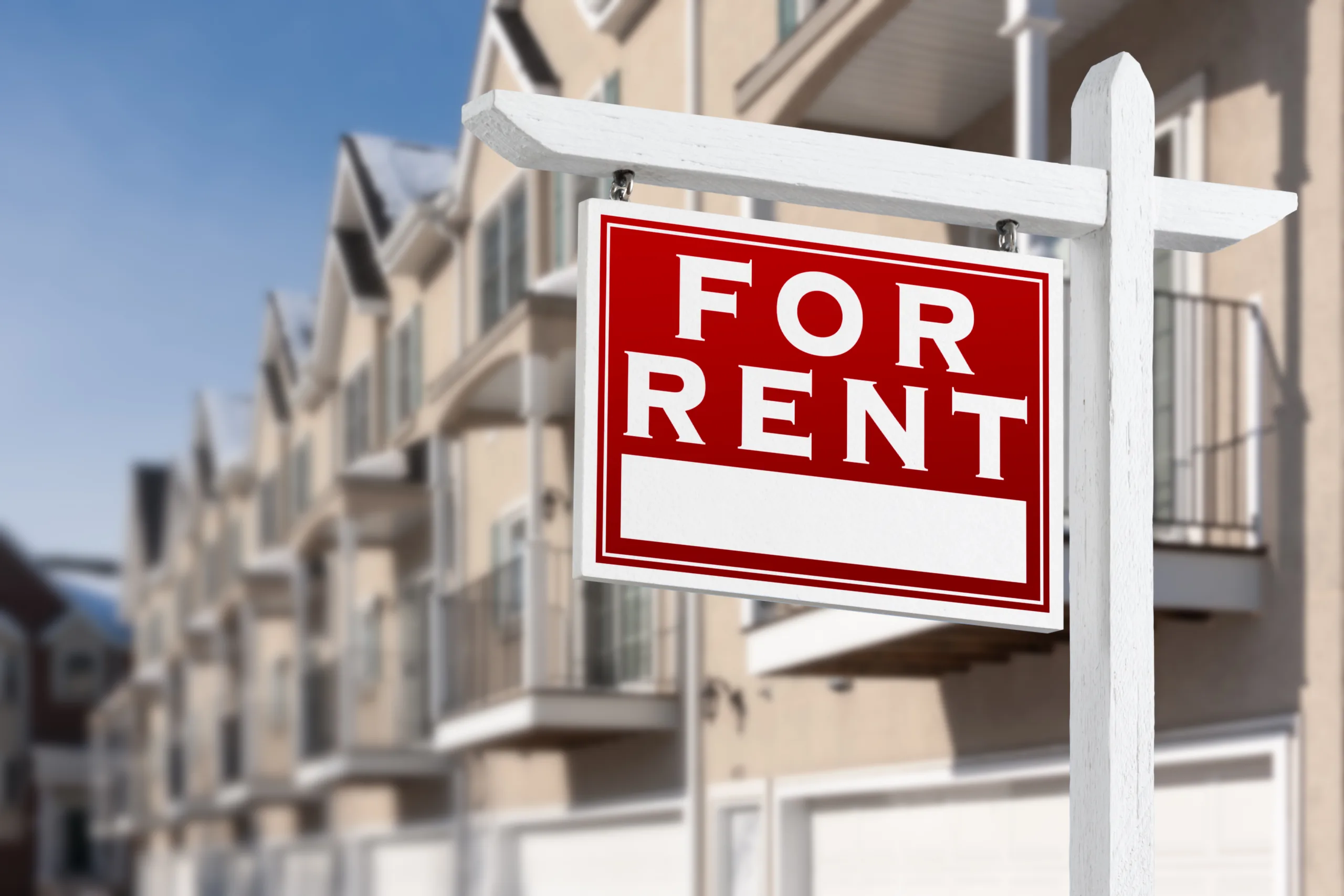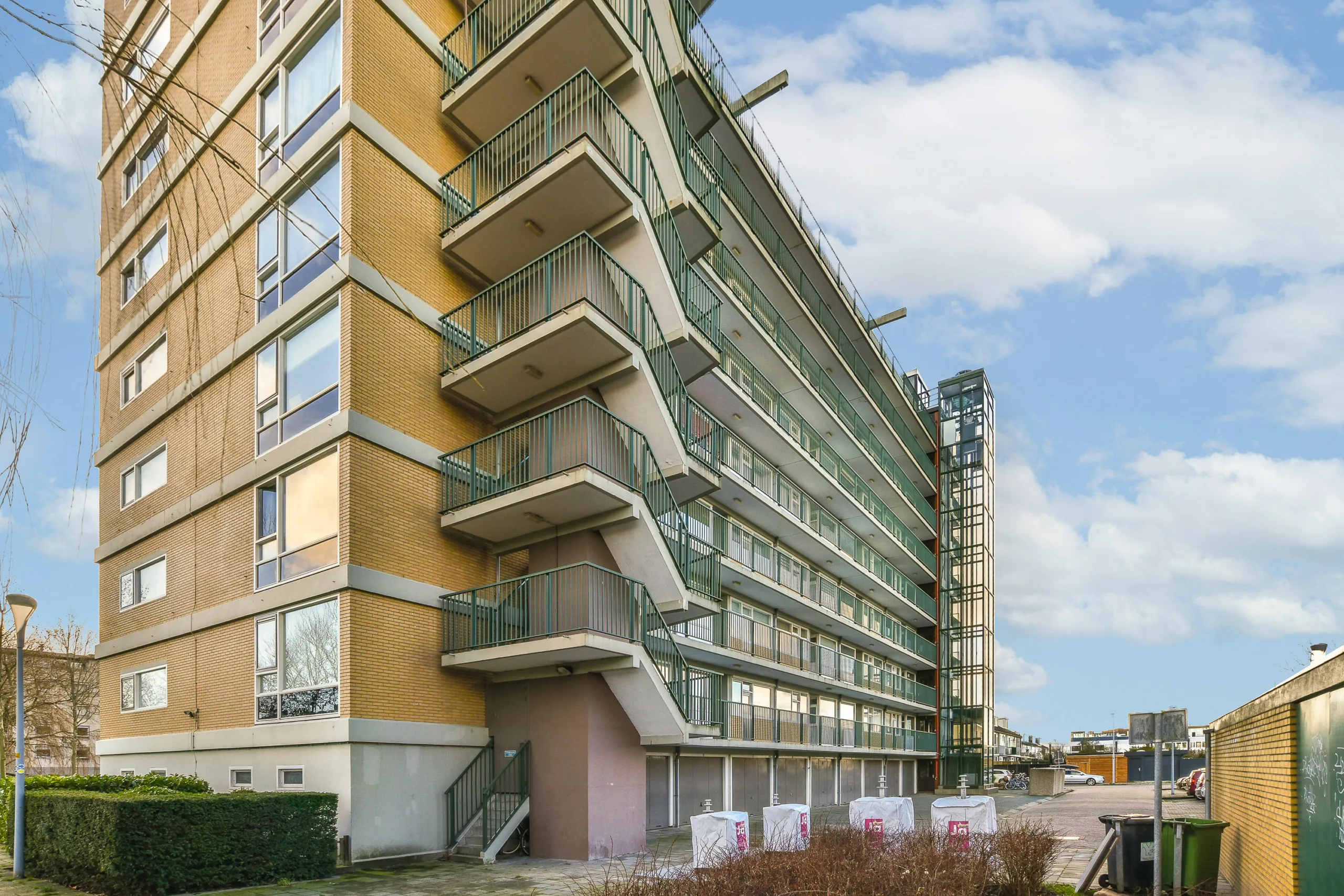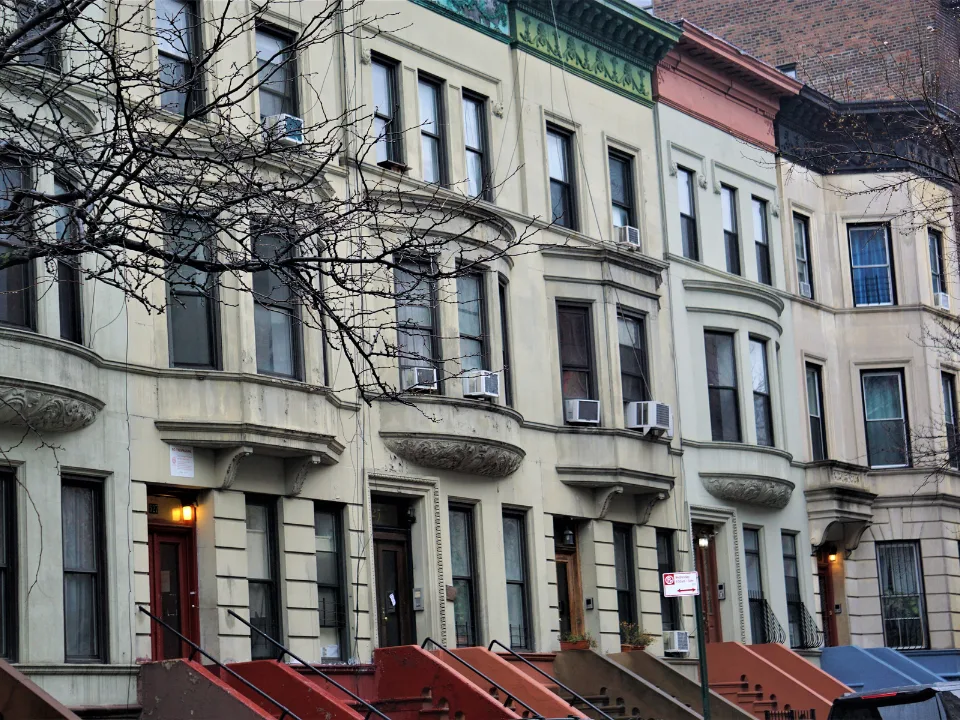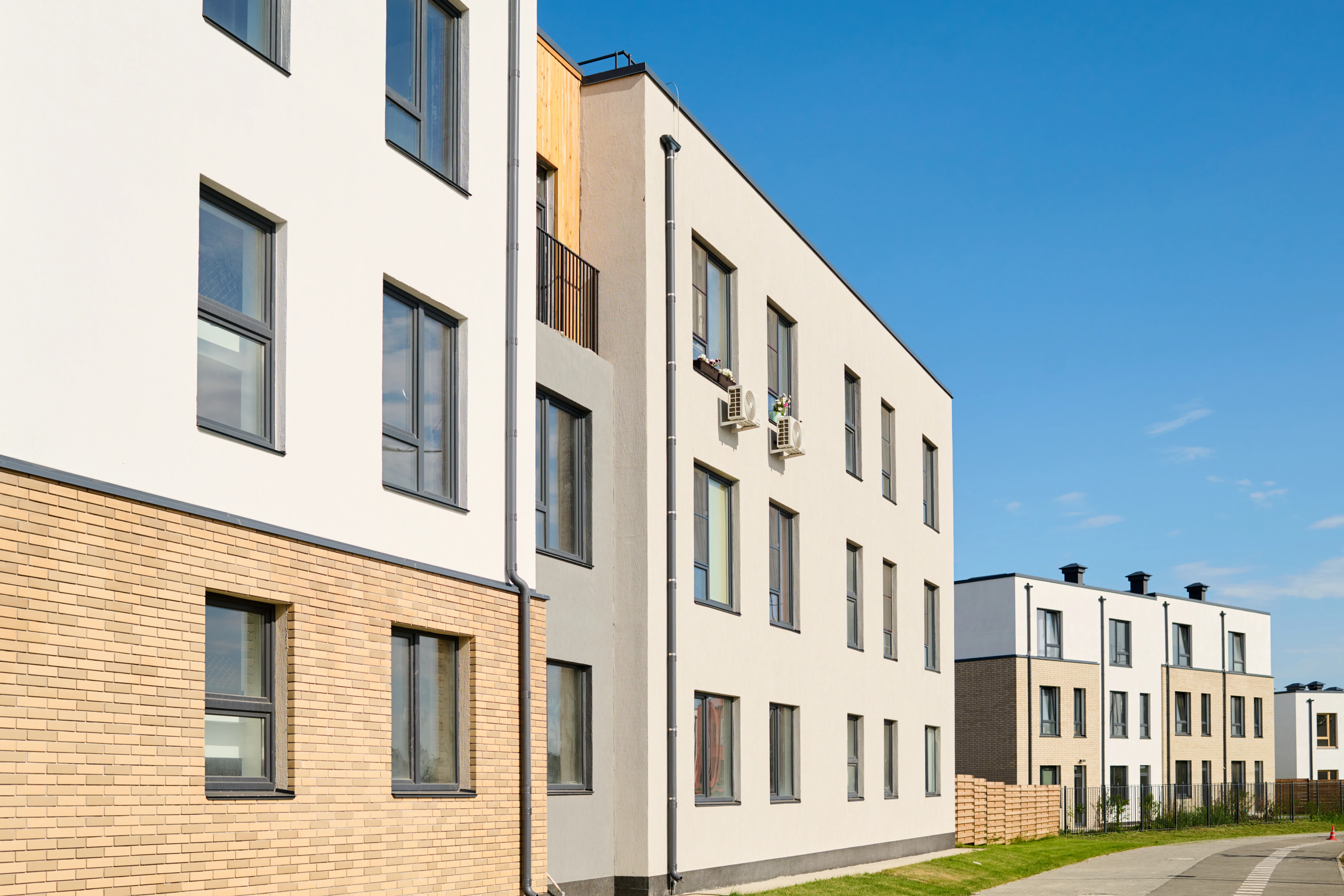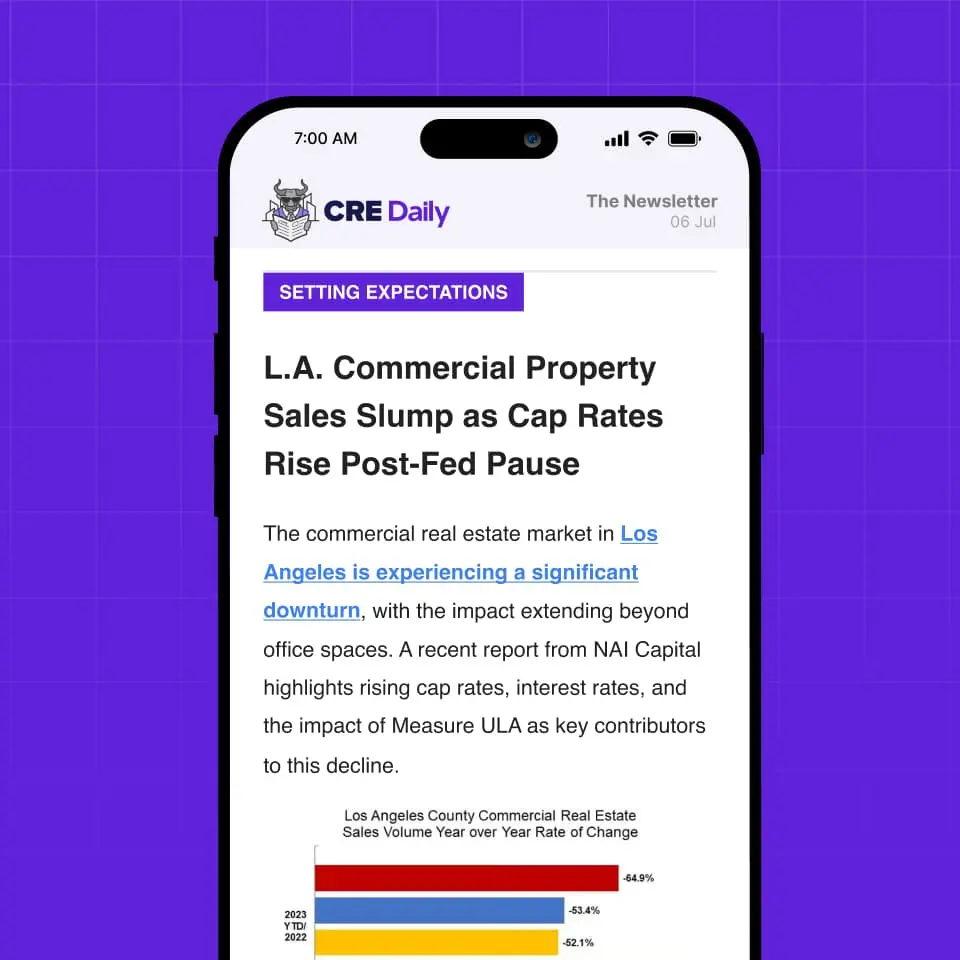- AI companies are fueling San Francisco’s office recovery, with leasing activity rebounding to prepandemic levels despite a 22.8% vacancy rate.
- Hines has proposed a 1,225-foot tower, which would become the tallest building on the West Coast, signaling growing confidence in the city’s commercial real estate outlook.
- Major investors like Blackstone are buying into San Francisco office assets at steep discounts, betting on the city’s rebound, particularly as AI firms ramp up local footprints.
A Comeback In Progress
San Francisco’s long-beleaguered office market is showing signs of a real recovery, reports the WSJ. After years of pandemic-fueled setbacks, San Francisco’s office market is finally showing signs of recovery. A surge in leasing activity is restoring confidence among developers and investors. Much of this momentum is being driven by artificial intelligence firms.
The clearest sign yet: Houston-based Hines has kicked off a city review process for a 1,225-foot office tower to replace the former Pacific Gas & Electric headquarters. If approved, the project would surpass the Salesforce Tower as San Francisco’s tallest, becoming the highest building on the West Coast.
AI Is Leading The Charge
AI firms are behind much of this renewed momentum. Companies like OpenAI, Anthropic, Scale AI, and Databricks are expanding rapidly, taking advantage of a tenant-friendly market to scale up their office footprints.
In the first half of 2025 alone, AI companies leased close to 1M SF. JLL projects that by 2030, the AI sector could occupy as much as 15M SF of office space in San Francisco.
Startups like legal-focused Harvey have tripled their SF, while OpenAI now controls nearly 1M SF and is looking for more.
Get Smarter about what matters in CRE
Stay ahead of trends in commercial real estate with CRE Daily – the free newsletter delivering everything you need to start your day in just 5-minutes
A New Development Era?
Hines sees parallels to the early 2010s, when the firm bet on tech’s rise with Salesforce Tower during the post-recession recovery. The firm’s global CIO, David Steinbach, says the current moment mirrors that opportunity: “The evidence is now here that [AI growth] is true.”
Mayor Daniel Lurie has also embraced new development, voicing strong support for the Hines proposal. His focus on reducing homelessness and crime has helped rebuild investor confidence.
Big Bets At Big Discounts
Investors are responding. In April, Blackstone bought into a 25-story tower at $265 PSF—less than one-third its 2019 value. Meanwhile, a joint venture led by developer Greg Flynn acquired Market Center for $177M. The purchase represents a steep 76% discount from its last sale.
With lower price points, new owners are reinvesting in amenities—from rock climbing walls to yoga studios—to attract modern tenants.
Not All Smooth Sailing
Despite the enthusiasm, San Francisco still faces challenges. The vacancy rate, while down from record highs, remains more than triple what it was in 2019. Many buildings are outdated or financially distressed.
While AI firms are expanding, their headcounts are relatively small compared to legacy tech giants, raising questions about the sustainability of the current leasing wave.
And even with stronger demand, landlords continue to offer deep concessions. Morrison Foerster recently leased 115K SF—down a third from its prior space—citing the ability to “do more with less” through hybrid models and efficient design.
Why It Matters
San Francisco’s commercial real estate market was once written off as the poster child of urban office decline. But if AI’s growth trajectory continues and early movers like Hines are right, the city could be on the cusp of a significant turnaround.
What’s Next
Expect continued interest from AI firms and opportunistic investors as San Francisco tries to rebuild its reputation as a hub for innovation and business. While leasing momentum is rising, sustained recovery will depend on structural shifts—hybrid work, building modernization, and political support for development.
Still, the Hines proposal is a strong signal: San Francisco may be down, but it’s not out.
